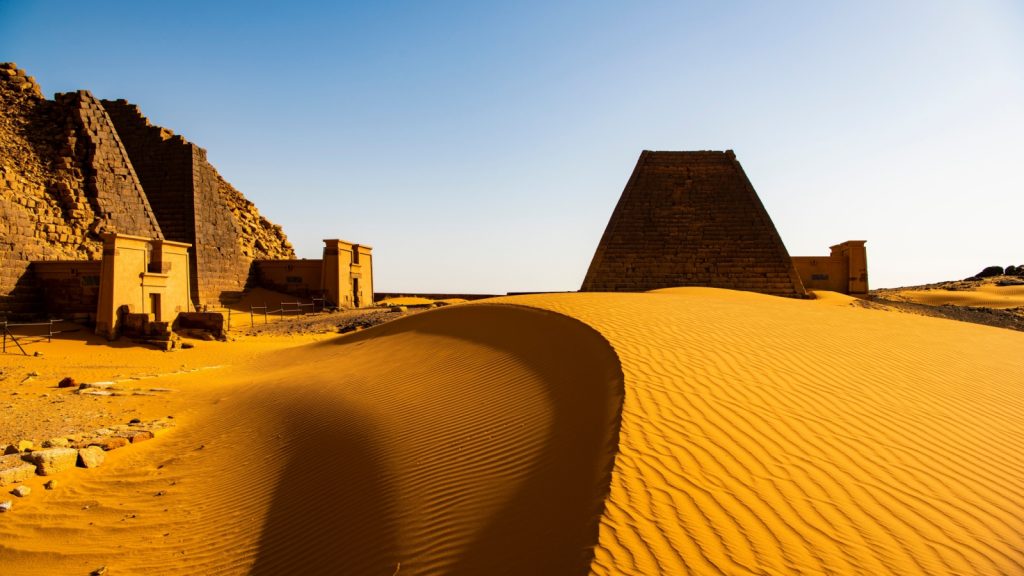In school, we all learned that pyramids were built in Egypt, but there are plenty of other impressive ancient pyramids all around the world. Most of which, you probably never heard of. From Mexico to Sudan to Bosnia and Herzegovina, the world is filled with pyramids that are just as fascinating and worth visiting as those of the Pharaohs.
1. The Pyramids of the Sun and the Moon, Mexico
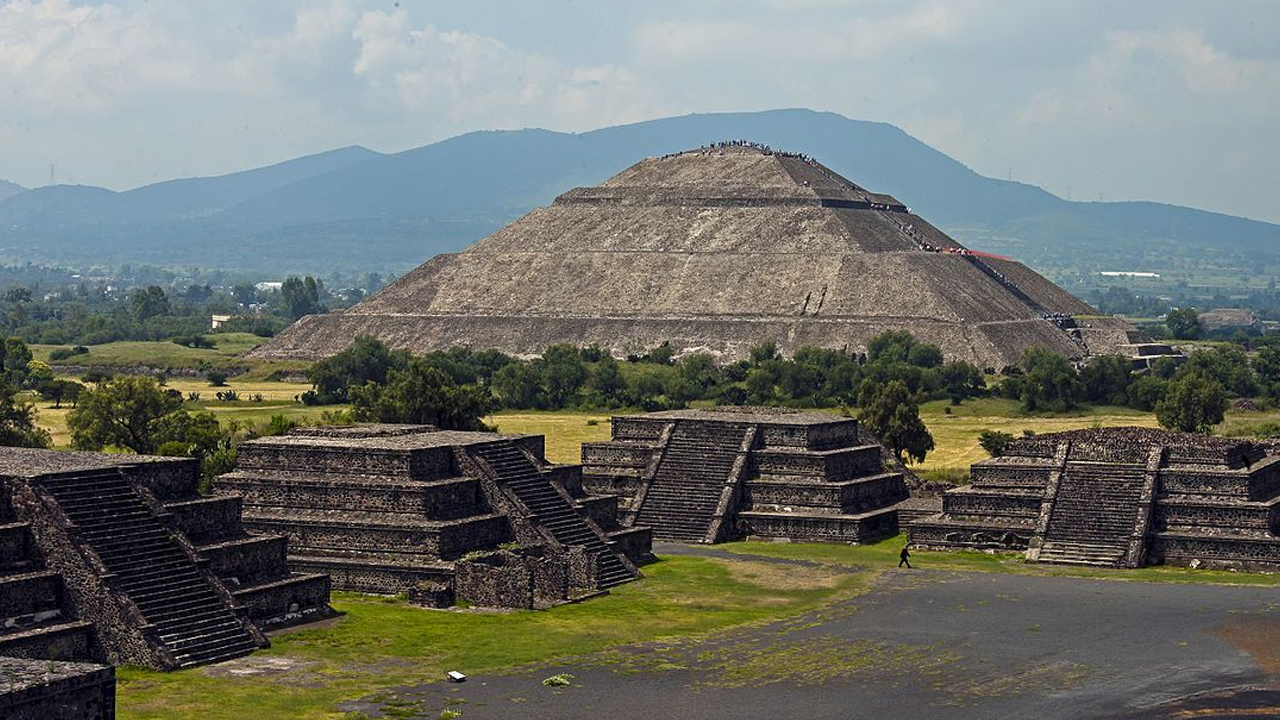
Located near Mexico City, the Pyramid of the Sun and the Pyramid of the Moon are major attractions in Teotihuacan, one of the most important archaeological sites in the Americas. The Pyramid of the Sun is one of the largest pyramids in the world, standing about 216 feet tall with a base that spans 738 feet. It was built around 200 AD, making it older than the slightly smaller Pyramid of the Moon, which is about 140 feet tall and started construction around 100 AD.
Both pyramids were constructed by the Teotihuacan civilization, which flourished from around 100 BC to 550 AD. Although we don’t know all the details about their use due to the lack of written records, the artifacts and graves found in and around them suggest that these pyramids were likely central to the religious and ceremonial practices of the time.
2. The Nubian Pyramids of Meroë, Sudan
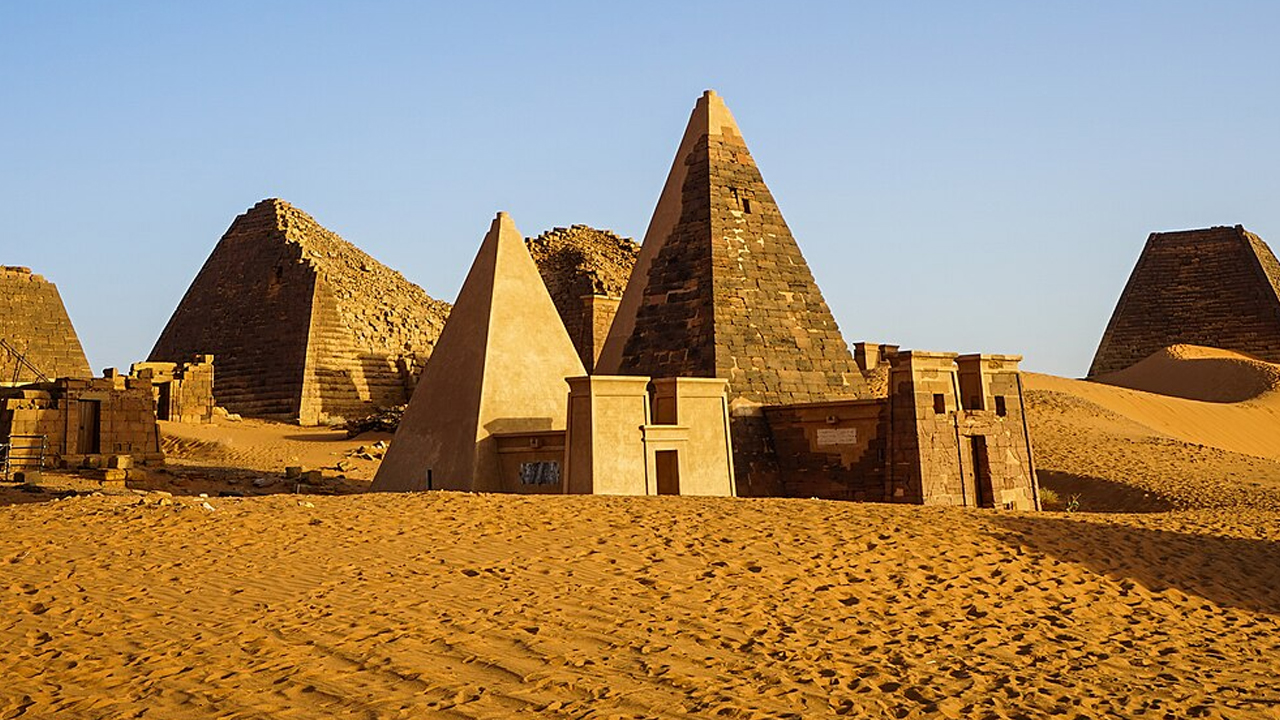
The Royal Necropolis of Meroë, located in what is now Sudan, is home to approximately 200 pyramids. These pyramids were constructed between 800 BC and 350 AD by the ancient Nubian civilization of the Kingdom of Kush.
Serving as the final resting places for the Nubian kings and queens, these pyramids reflect unique architectural features, including their steep angles and narrow bases, distinguishing them from their Egyptian counterparts.
3. The Pyramids of Túcume, Peru
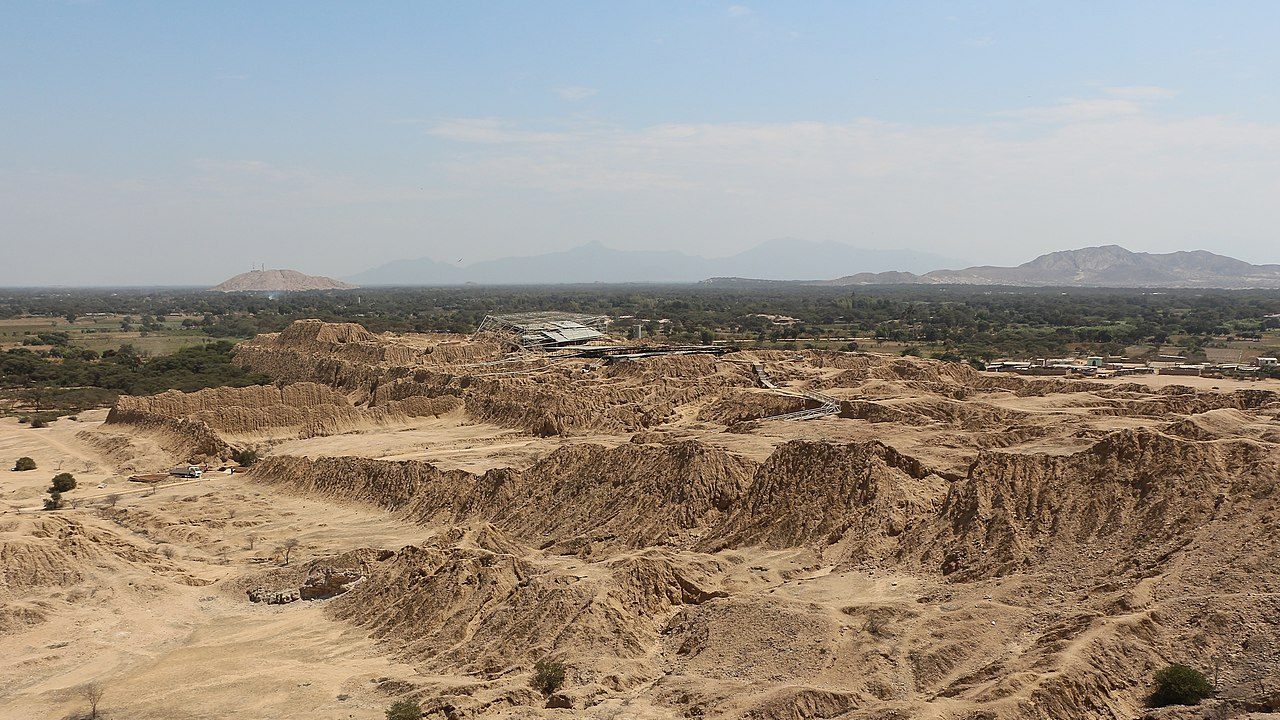
The Pyramids of Túcume (also known as The Valley of the Pyramids) are located in northern Peru. It’s believed these structures were built by the Lambayeque people (also called the Sican people) around 1000 AD.
There are believed to be 26 pyramids in this area, which was once a major cultural and religious center. These pyramids were used for religious and ceremonial purposes.
4. The Pyramids of Güímar, Spain
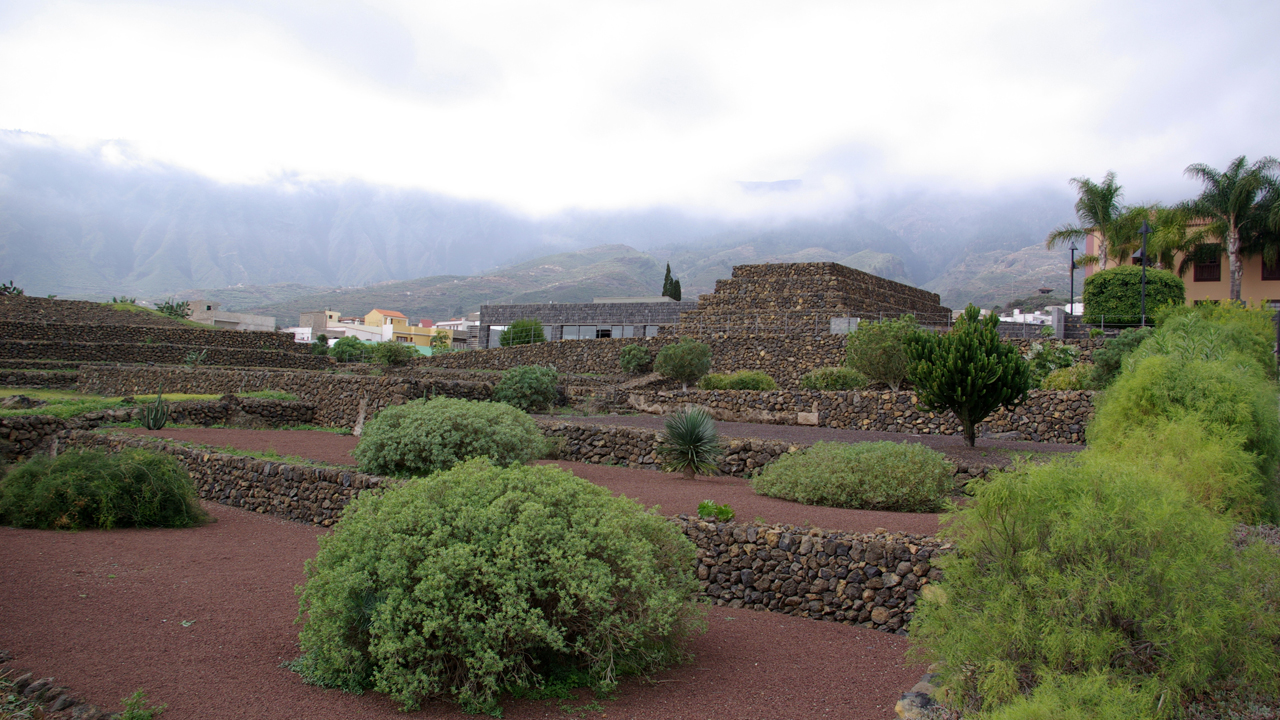
The Pyramids of Güímar, located on Tenerife in the Canary Islands, Spain, are intriguing structures made of lava stone. Contrary to some beliefs, there is no solid evidence that they were constructed by the island’s ancient inhabitants, the Guanche people. These pyramids are unique as they are built without using mortar to hold the stones together.
The purpose of the pyramids is still a subject of debate. Initially thought to be mere piles of stones cleared from fields, Norwegian explorer Thor Heyerdahl in the 1990s proposed that they might have ceremonial significance and could be aligned with astronomical events like solstices. However, these theories remain speculative, and the true origin and function of the pyramids have yet to be definitively proven.
5. The Pyramids of Xian, China
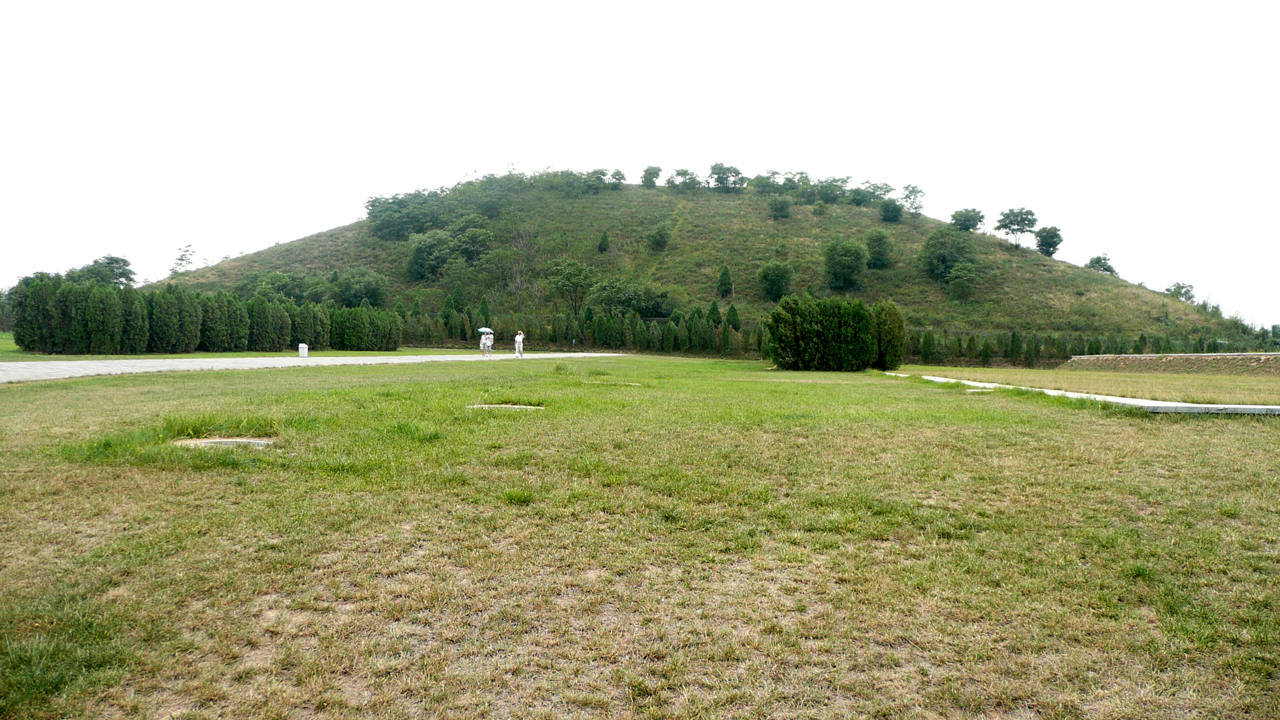
The Pyramids of Xi’an are mound-like tombs in China, built during the Han Dynasty (206 BC—220 AD). Over 100 pyramids are believed to be in this area, although many have been destroyed over time.
The most famous of these is the Mausoleum of the First Qin Emperor, known for the Terracotta Army, which predates the Han Dynasty, being from the end of the Warring States period (circa 221 BC).
6. The Great Pyramid of Cholula, Mexico
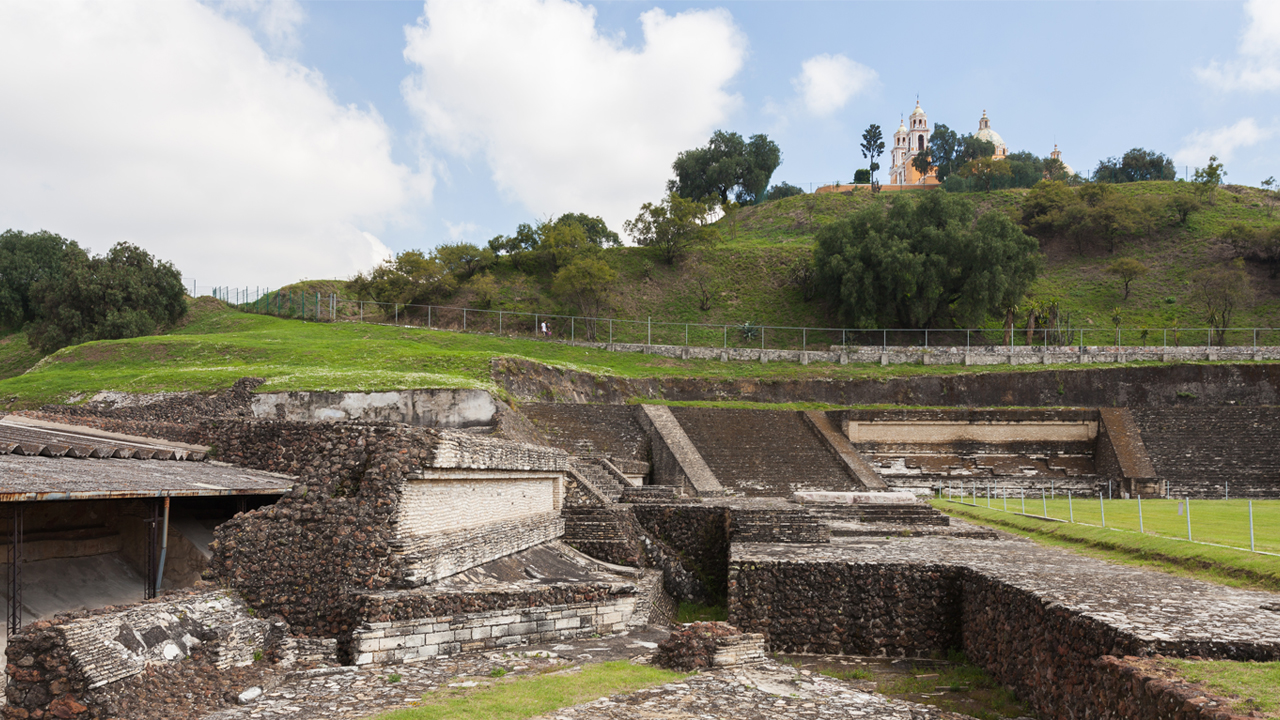
The Great Pyramid of Cholula, located in Mexico, is recognized as the largest pyramid in the world by volume. It wasn’t built by the Zapotec civilization, as commonly thought, but by the Cholula people. The Toltecs and Aztecs later modified it. This pyramid was used for religious and ceremonial purposes.
Over the years, the Great Pyramid of Cholula has become covered with grass and trees, making it look more like a natural hill than a man-made structure. This camouflaged appearance adds to its mystique and historical significance.
7. The Pyramids of Sedeinga, Sudan
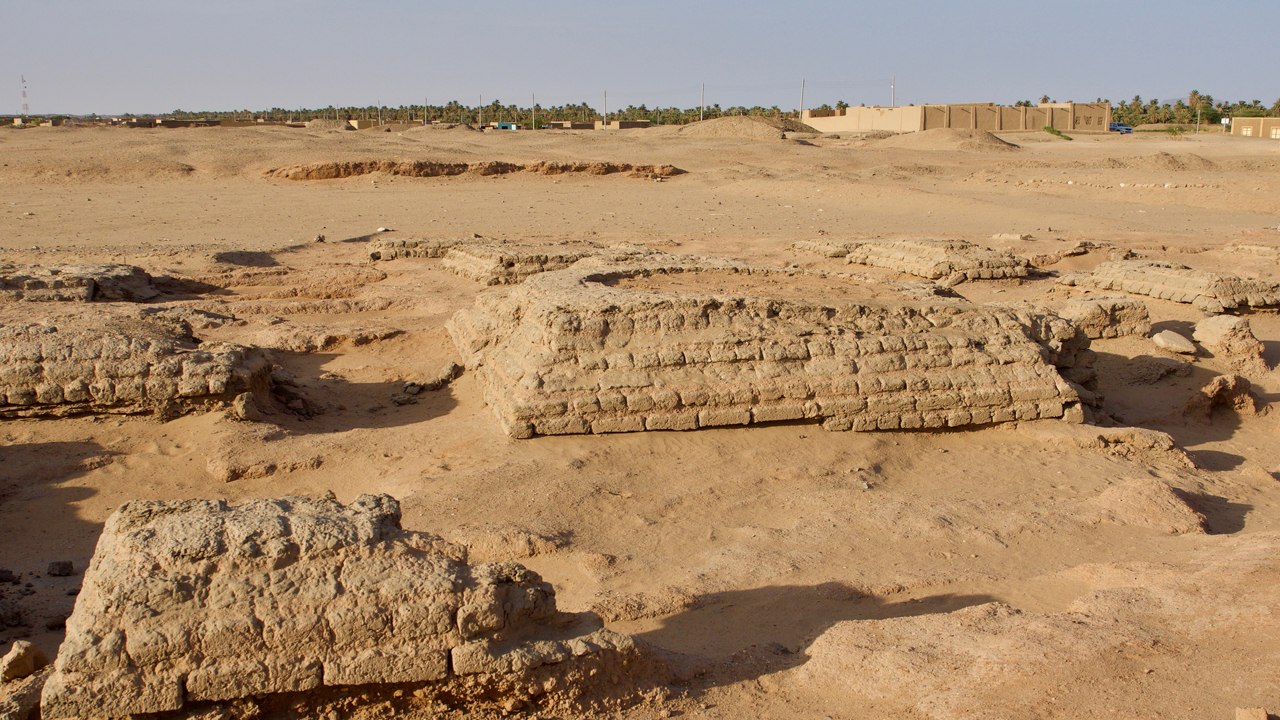
The Pyramids of Sedeinga are located in Sudan and were built by the ancient Nubian civilization during the Meroitic period of the Kingdom of Kush. The site includes around 80 pyramids, which were primarily used as burial sites not just for kings and queens, but also for nobles and other individuals.
These pyramids are known for their distinctive designs, which include small chapels adorned with reliefs and inscriptions. While they are intricate, the designs are generally less elaborate compared to the grander pyramids found at larger royal sites like Meroe.
8. The Pyramids of Monte Albán, Mexico
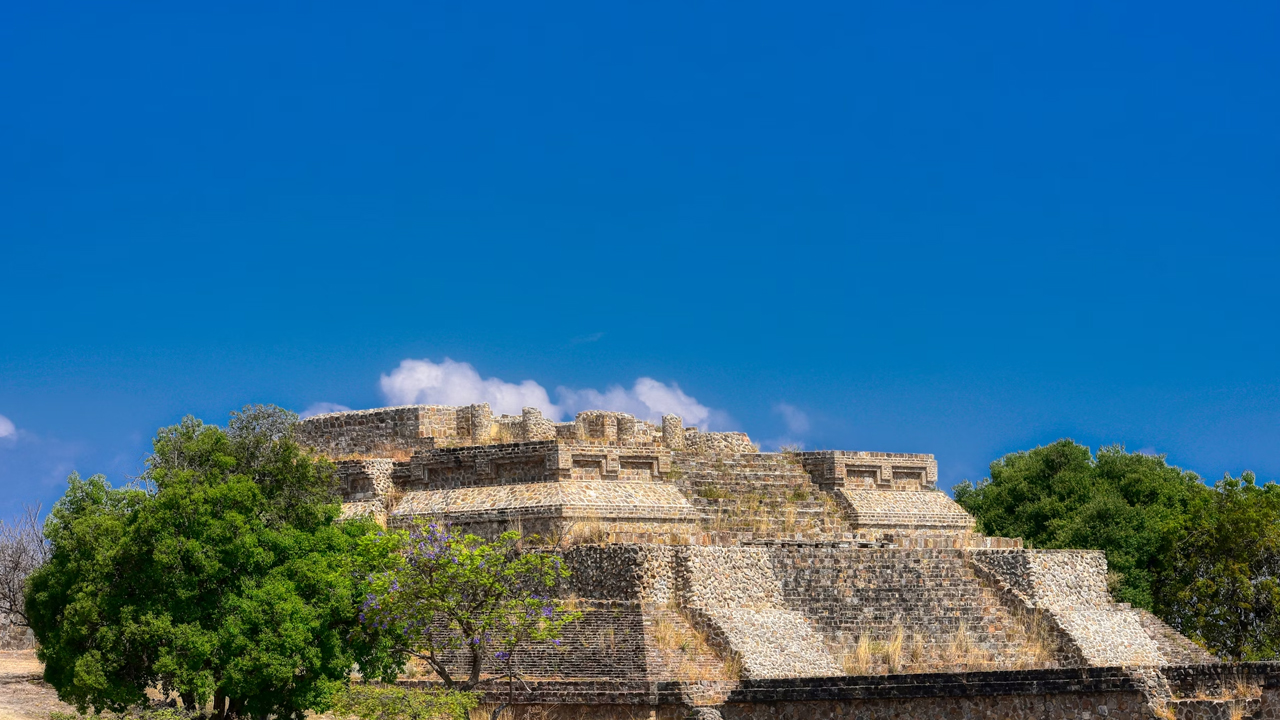
Monte Albán is an ancient archaeological site located in Oaxaca, Mexico. It was built by the Zapotec civilization starting around 500 BC. Because of its historical importance and well-preserved ruins, Monte Alban is recognized as a UNESCO World Heritage Site. For almost a thousand years, It served as a major center for politics, economy, and ceremonies, making it one of the earliest and most significant cities in Mesoamerica.
The pyramids at Monte Alban, along with other structures like terraces and a ball court, were mainly used for religious and ceremonial activities. These buildings are celebrated for their grand architecture and for being skillfully built into the landscape, creating an impressive ceremonial complex.
9. The Pyramids of Dahshur, Egypt
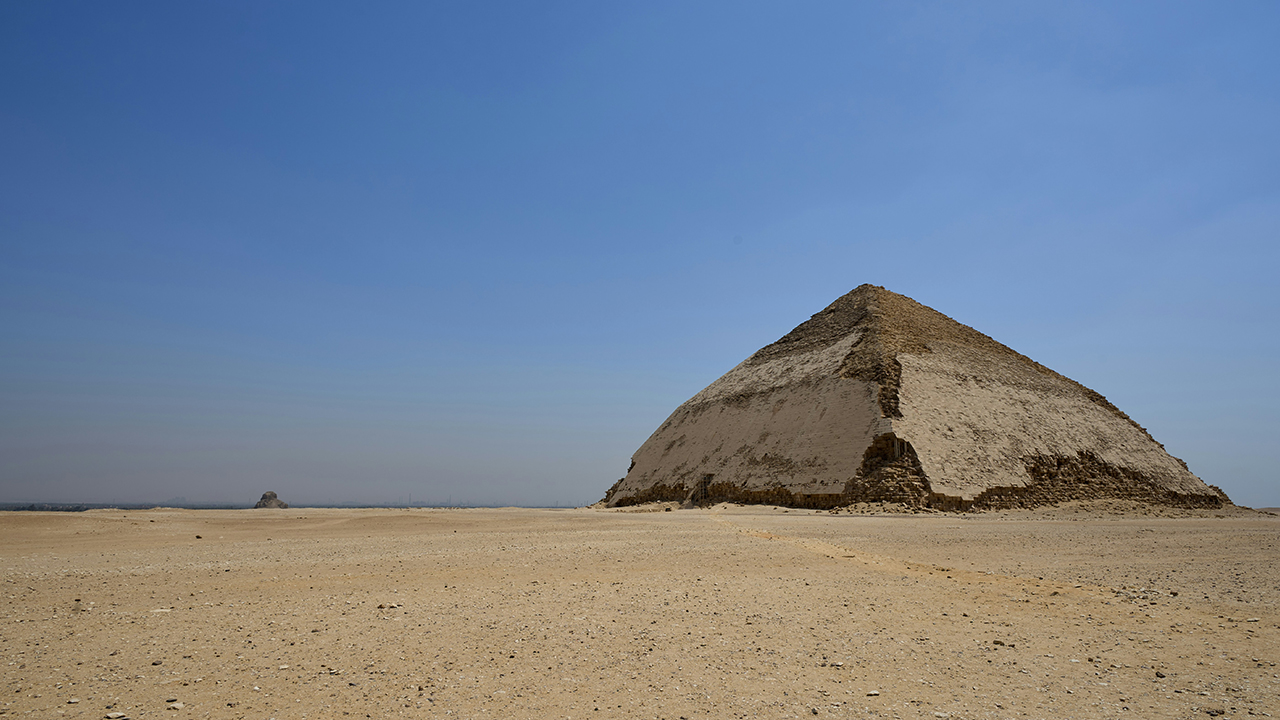
The Pyramids of Dahshur are located in Egypt, about 25 miles south of Cairo, and are some of the oldest pyramids in the world. They were built during the reign of Pharaoh Sneferu, around 2613 to 2589 BC. Dahshur is famous for two innovative pyramids: the Bent Pyramid, which has a unique shape due to a change in angle partway up, and the Red Pyramid, which is Egypt’s first successful smooth-sided pyramid.
These pyramids were primarily intended as tombs for Pharaoh Sneferu himself, not for his family. The design changes seen in the Dahshur pyramids marked significant advancements in pyramid construction, influencing later projects such as the famous pyramids at Giza. These innovations allowed Egyptian builders to refine their techniques, leading to the development of some of the most iconic structures in ancient history.
10. The Pyramids of Caral, Peru
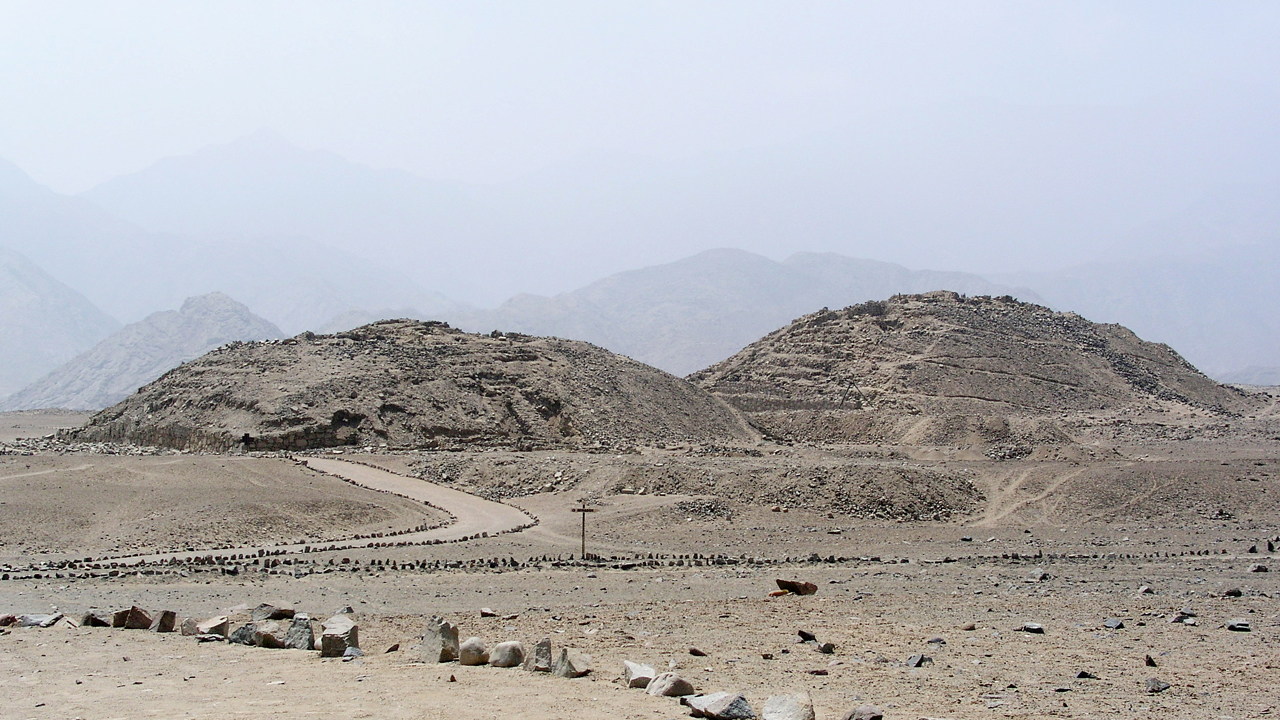
The Pyramids of Caral, located in Peru, were built by the ancient Caral or Norte Chico civilization and are part of one of the oldest known cities in the Americas. This significant archaeological site has been recognized as a UNESCO World Heritage Site. Dating back to around 2600 to 2000 BC, Caral is as ancient as civilizations like those in Mesopotamia, Egypt, and the Indus Valley.
The large platform mounds at Caral, often referred to as pyramids, were primarily used for religious ceremonies and public gatherings. While these structures are impressive in size and show advanced architectural techniques using earth and stone, they are not known for intricate carvings.
